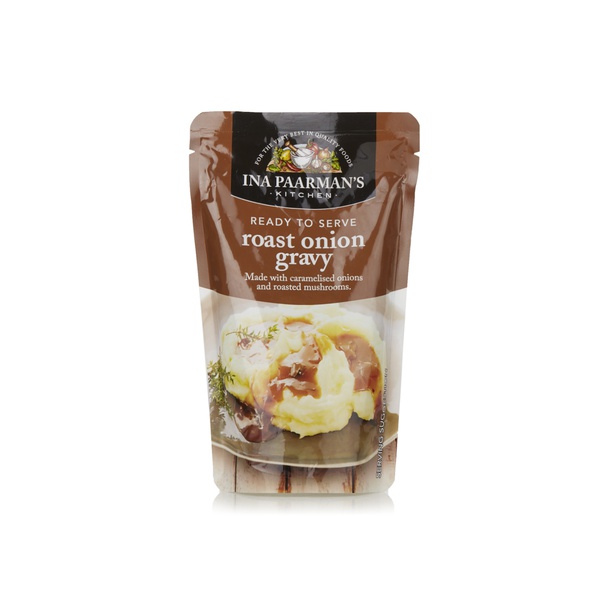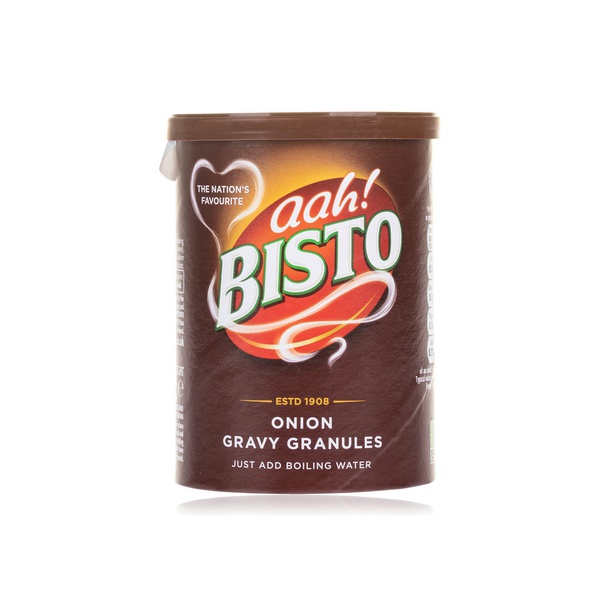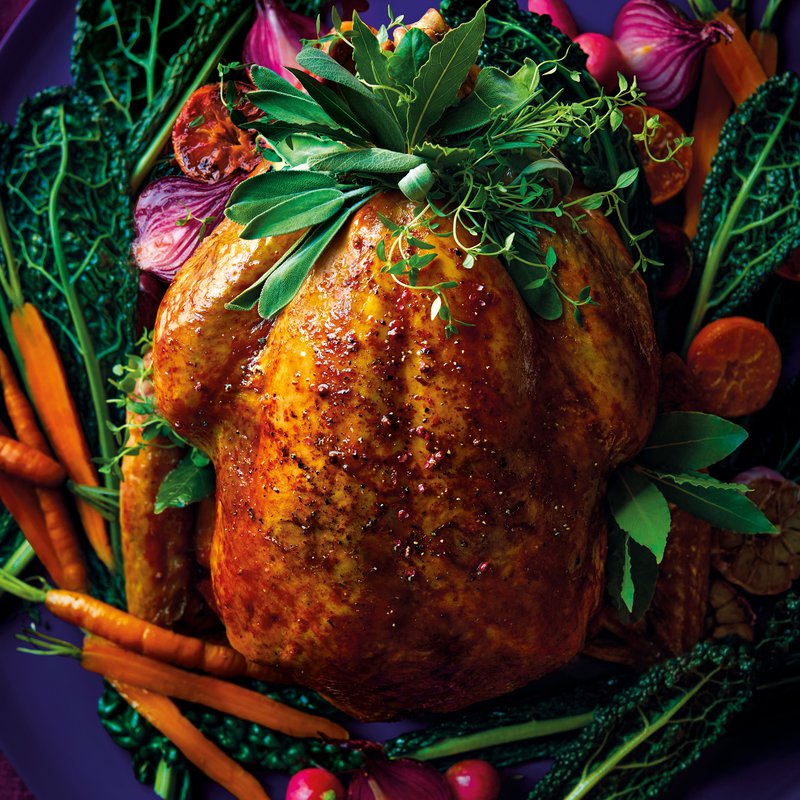A world of gravy

Poutine
A salty, cheesy and delicious mix of chips, cheese curds and gravy, poutine is a Canadian culinary icon. The gravy itself? It’s made from a combination of beef and chicken stock to create a lighter sauce that properly coats the chips.
French dip
Two separate Los Angeles restaurants claim they created this dish, also known as beef dip, in the early 20th century. Whatever its origins, it involves a roast beef baguette that’s served with a pot of jus to dip it in – sometimes it’s even offered pre-dipped.
Birria tacos
A rich, spicy, slow-cooked Mexican meat stew with lots of sauce, birria is usually made with lamb, goat or beef. In its taco form, the tender meat is shredded for the topping, with the sauce served as a consommé for dipping.
Red-eye gravy
Combine strong black coffee with the dripping from pan-fried ham and this is what you get – a sauce native to the southern US. The name isn’t generally held to have anything to do with the caffeine content’s effects on your eyeballs – it supposedly comes from the way that reddish circles of fat rise to the surface of the gravy as it’s being reduced.
Biscuits and gravy
Don’t be fooled by the name: biscuits in the US are more like a savoury scone. Biscuits and gravy is a southern speciality, with gravy made by frying sausage meat, making a roux with the drippings, then adding milk or cream to create a thick sauce.
KNOW YOUR GRAVY
Jus
You’ll probably have seen this on restaurant menus, but it’s not just a fancy word for gravy. In classical French cookery, making a jus involves reducing roasted meat juices and stock into a thin, clear sauce, without using flour or butter to thicken. A jus is usually served with beef, poultry or lamb.
Espagnole Sauce
Along with bechamel, velouté, hollandaise and tomato sauce, espagnole is one of the five ‘mother sauces’ developed by French chef Auguste Escoffier back in the 19th and 20th centuries. You combine brown stock with a roux, simmer, then reduce it, before adding tomato purée. It’s often served with red meat or used as a base for other dishes.
Demi-Glace
Another French staple, this starts with a homemade stock, which is combined with the aforementioned espagnole sauce and then reduced by half. The result is a thick, deeply flavoured concoction that’s served with meat or stirred into other sauces.
GRAVY FLAVOUR BOOSTERS
Need to zhuzh up a ready-made gravy or add a bit more oomph to something homemade? Here are four ways to turn gravy from run-of-the-mill to magnificent.
JAM FAN
Stir through a spoonful of jam or conserve (such as cranberry sauce or redcurrant jelly). Its sweetness will add balance and create a lovely glossy finish.
UMAMI HIT
Gravy on the bland side? Add a savoury, salty condiment such as miso, Marmite, soy sauce or Worcestershire sauce. Bonus: you’ll get a richer colour too.
BOOZY BOOST
Making gravy in the same roasting tin the meat was cooked in yields the finest results. For optimal flavour, deglaze the tin by adding liquid, then scrape up all the deliciousness from the caramelised ingredients stuck to the base. Using alcohol (instead of stock or water) to deglaze gives even more depth. Use white wine/vermouth for freshness and acidity or port/red wine for richness. Fortified wines such as sherry or marsala also make great additions.
MATCH POINTS
Certain condiments go better with certain meats: horseradish for beef, mint sauce for lamb and apple sauce for pork. Add a dash to your corresponding gravy – it will magically tie the whole plate together.
Too busy to cook?
SHOP NOWDon’t spoil your Christmas dinner triumph”




